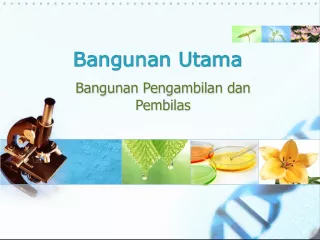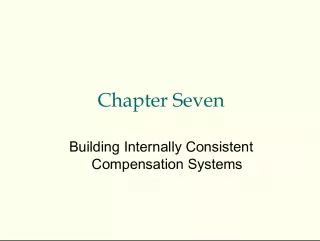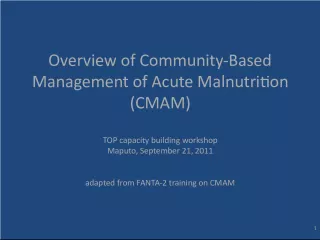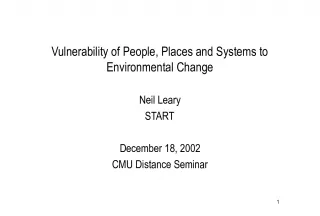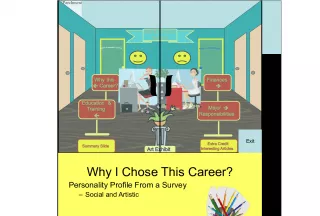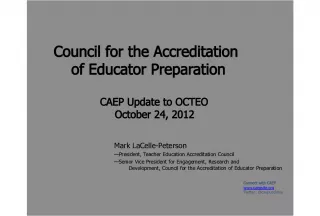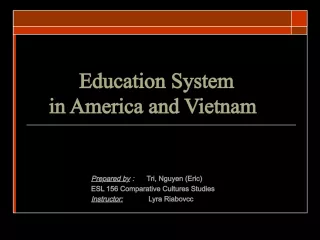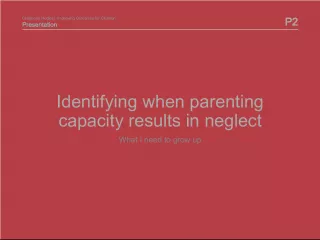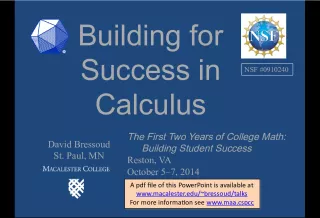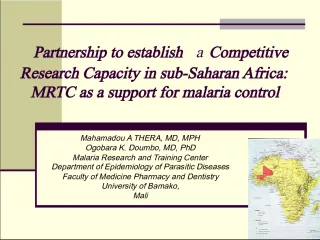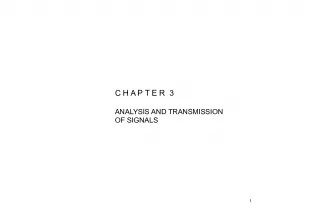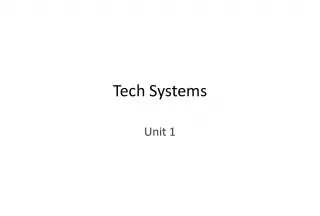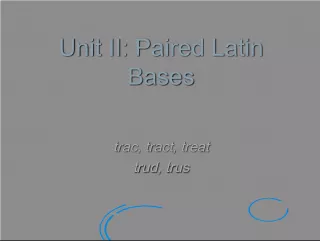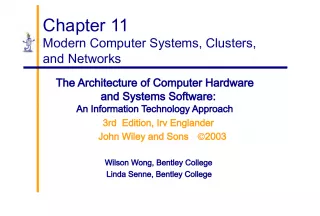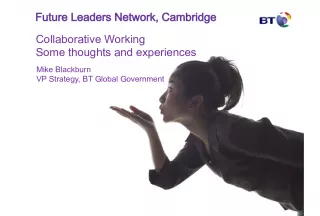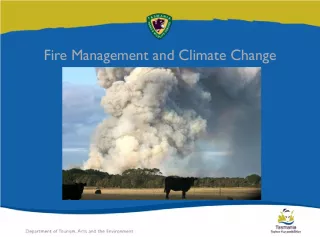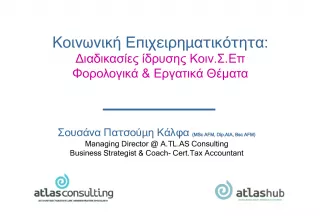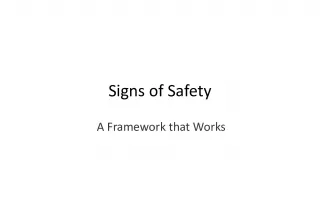Systems Change Through Coaching: Building Capacity for Educating Students with ASD


This project aims to improve outcomes for students with ASD by building the capacity of educators to provide effective support through coaching and feedback. The focus is on facilitating access to higher education, employment, independent living, and community involvement.
- Uploaded on | 0 Views
-
 callum
callum
About Systems Change Through Coaching: Building Capacity for Educating Students with ASD
PowerPoint presentation about 'Systems Change Through Coaching: Building Capacity for Educating Students with ASD'. This presentation describes the topic on This project aims to improve outcomes for students with ASD by building the capacity of educators to provide effective support through coaching and feedback. The focus is on facilitating access to higher education, employment, independent living, and community involvement.. The key topics included in this slideshow are Systems Change, Coaching, Capacity Building, ASD Education, Outcomes Improvement, Higher Education, Employment, Independent Living, Community Involvement,. Download this presentation absolutely free.
Presentation Transcript
1. SYSTEMS CHANGE THROUGH COACHING
2. Project OUTCOMES Build Capacity to educate students with ASD in the LRE Improve Outcomes: Access to Higher Education Employment Independent Living Community Involvement
3. BUILDING STAFF & STUDENTS BUILDING STAFF & STUDENTS Providing supports for effective practices implemented with fidelity Providing feedback and data on implementation efforts District Team BUILDING TEAM BUILDING TEAM ISD/DISTRICT TEAM ISD/DISTRICT TEAM RCN RCN START Project START Project MI-TOP MI-TOP MRS MRS Adapted from Michigan Implementation Network (MIN) www. cenmi.org/min
4. Training Foundation Foundations in ASD and the Teaming Process Looking at Adults with ASD Differently Re-Thinking the Glass House Rule (Aspergers) Positive Behavioral Interventions and Support Natural Supports IEP & Discovery: The Road Map
5. Why Change? We are agents of change or agents of the status quo. Status quo doesnt get us from here to where KIDS need to be. Jacque Thompson, MAASE 2007
6. The World is Flat: Educational Impact
7. Why a Coaching Model? Improve Capacity for ALL Staff to Educate / Prepare Students with ASD for their Future Improve resource allocation / efficiency Move from Crisis to Frontloading
8. All Some Few Multi-Tiered Model of Support Intensive TIER 3 Targeted TIER 2 Universal TIER 1
9. STARTs Model for Coaching: The Structure for Systems Change Effective Practices Leadership Initiative (EPLI)
10. EPLI is Designed to. BUILD local district CAPACITY to educate students with ASD Improve IMPLEMENTATION of effective practices for students with ASD in order to improve OUTCOMES Increase use of TEAM and PROBLEM-SOLVING processes Increase EFFECTIVENESS of professional development opportunities
11. HOW do we deliver EPLI? Trainer/Coaches Deliver content information through training Recruit and train building coaches Coach Leaders Serve in a coach / consultant role Coordinate district / ISD coaching activities Work collaboratively with Trainer/Coaches Building-Level Coaching Activities
12. Expert Consultant Coaching Expert Collaborative Reaction Proactive Dependence Building Capacity Blame Accountability Comparison of the Models: Expert Consultant vs. Coaching:
14. Coaching requires you to CHANGE YOUR FOCUS from crisis to CAPACITY BUILDING from an expert model to one of teaming / collaboration / problem solving From old to NEW thinking about supporting students with ASD: START Principles / Mantras / Data
15. Patch Adams
16. STARTs COACHING MODEL STRUCTURED yet FLEXIBLE
17. CONGRATUATIONS ! ! Youre in the CLUB YOU are Accountable for Coaching..
18. Initiation into EPLI: Finding Nemo
19. Implementing a Coaching Model Organizational STRUCTURE / ACTIVITIES Coaching SKILLS
20. COACHING SKILLS Taking on Human Nature
21. COACHING SKILLS FRONTOAD: Best place to solve a problem is . . . . PROCESSES Have an arsenal of responses.
22. Problem Solving SKILLS MEETING MECHANICS Problem Identification Problem Specification Brainstorm Cluster/ Prioritize Implementation Variables Assign Responsibilities
23. Coaching Skills in Responding Keep out of the OPINION DEBATE Law Research Data Keep Focus on the STUDENTS How will this improve outcomes? How will this increase socialization opportunities? How will this improve independent skills? FBA on Adults Begin with the end in mind 10 minute vs. 1 hour approach
24. COACHING SKILLS Talk about the ELEPHANT Spotlight vs. Lightening Bolt Focus on OUTCOME / IMPLEMENTATION Discovery vs. Expert An idea discovered is better than an idea delivered-- Crisis vs. Build capacity Do it for them?
25. The Tough Meetings You want a goal about that, write it yourself I cant believe the parent wants me to provide data on why I selected these strategies I think kids with aggression need to be sent home and charged with assault. He has ASD. He needs to go to the ASD program. We cant have general ed students support students with ASD.. it will take away from their school day.
26. The Tough Questions This student is hurting our staff! When is enough enough? DATA on implementation fidelity Documentation of using data to make program adjustments Lack of progress on goals and objectives If you modify the curriculum THAT much, what is the student actually learning? Learning HOW to Learn: Purpose of Modifications
27. YOUR Tough Meetings / Questions Lets Play STUMP THE STAFF Coaching Scenarios
28. COACHING SKILLS Stanford Univ Study Nonverbal (55%) Appearance Posture Eye contact Body movement Paraverbal (38%) Tone Volume Cadence Verbal (7%)
29. Not WHAT you said but.. 7 identical sentences / 7 different meanings: I didnt say she stole my money. I didnt say she stole my money. I didnt say she stole my money. I didnt say she stole my money. I didnt say she stole my money. I didnt say she stole my money. I didnt say she stole my money .
30. Its one thing to have INTENT, its another to have EFFECT. What are YOUR trigger words? USING BUT vs. AND
31. COACHING SKILLS: Providing Feedback The trouble with most of us is that we would rather be ruined by praise than saved by criticism. Norman Vincent Peale
32. Providing Feedback Effective feedback is meant to help the recipient. Feedback will not FIX what you believe is wrong with another person. The recipients decision to change behavior is their responsibility. Dont give feedback to get something off your chest. Feedback should be descriptive, not evaluative Give information, not judgment. Be honest and straightforward-- FRONTLOAD Talk about the elephant in the room Expect feedback in return (listen, dont just defend or justify) Remember, even constructive feedback can be painful
33. Giving Feedback Good Feedback Encourages Focuses on improvements (achieved / possible) Creates trust and cooperation Bad Feedback Demotivates Focuses on blame Creates defensiveness Confrontational
34. Developing YOUR Coaching Model Develop an ISD / District Map
36. EXAMPLE: CCRESA Model of Service: Building Capacity Support Team and Building Coaches L MS SJ HS R MS/HS El HW Sch Sct MS HS EEK MS OV TP CCEC HS El FST EK EE EC GW W
37. Develop a Picture of YOUR District Buildings # students in the building Current Implementation Tier
38. Identifying Needs of the Building IMPLEMENTATION TIER TIER 1: --Teaming structure in place --Team(s) trained --Teams meeting regularly --Implementation of effective practices --Ongoing PD Tier 2: Frequent flyers to PD Lack of implementation Tier 3: Lack of information New Staff 1 st Student with ASD
39. Developing your COACHING MODEL Step 1: Develop an ASD Picture of your District / ISD Step 2: Develop Your Coach Leaders / Building Coaches
40. Who are Coach Leaders? In multiple buildings Tends to be Ancillary Staff: School Psychologist School Social Worker Speech and Language Therapist ASD Teacher Consultants Occupational Therapist
41. Who are Building Coaches? Primarily assigned to one building Tends to be: Special Education Teacher General Education Teacher Building Speech and Language Therapist School Counselor Principal
42. How will YOUR Model Look?
43. Addressing Barriers START @ Grand Valley State University; Autism Education Center 2008-09 ; All Rights Reserved
44. START @ Grand Valley State University; Autism Education Center 2008-09 ; All Rights Reserved Control the Controllables ACTIVITY
45. START @ Grand Valley State University; Autism Education Center 2008-09 ; All Rights Reserved GETTING CRITICAL MASS DESIGN BEHAVIOR: Closest to the CUSTOMER Advocate change when it benefits the customer DEFAULT BEHAVIOR: Protecting SELF DEFIANT BEHAVIOR: Furthest from the customer Protecting STATUS QUO
46. CELEBRATION OF PROGRESS TEAM Award Individual Award
47. START @ Grand Valley State University; Autism Education Center 2008-09 ; All Rights Reserved

